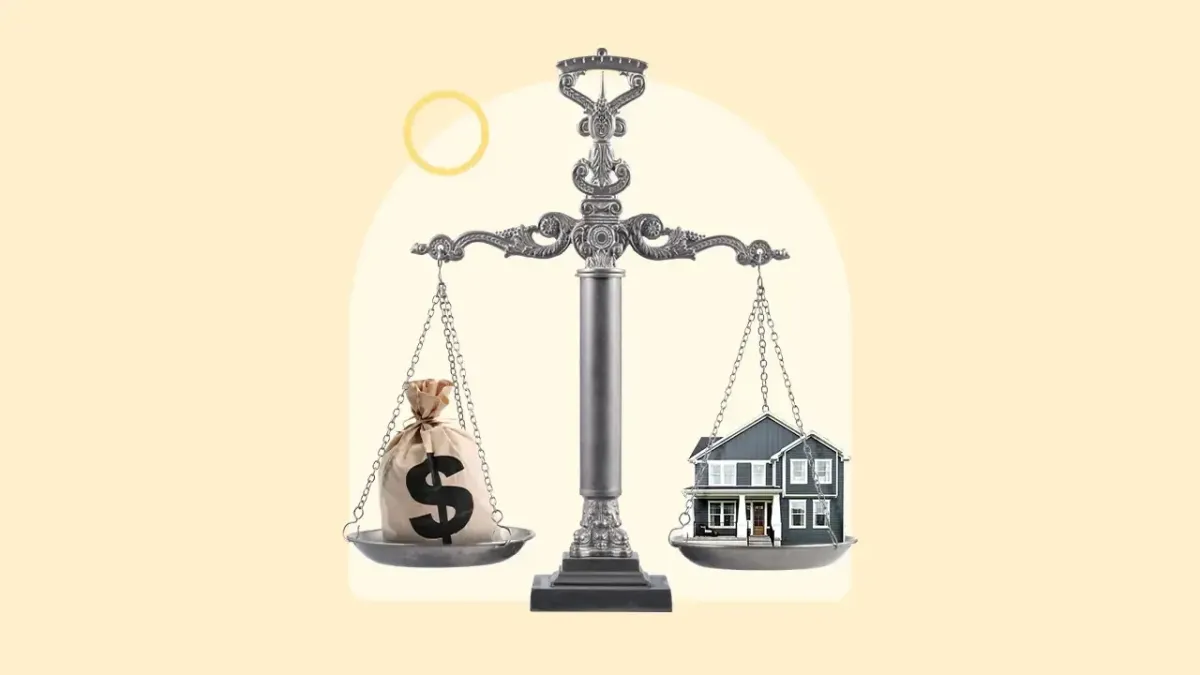Borrowing Capacity (Serviceability) –
What It Really Means?
Learn how lenders calculate your borrowing capacity, what impacts your home loan approval, and how to increase your chances of securing the best loan.

Borrowing Capacity
How Much Can You Borrow for a Home Loan in Australia?
Your borrowing capacity is the maximum amount a lender will approve for your home loan based on their assessment of your financial situation. It’s not just about whether you think you can afford the repayments—it’s about whether the bank calculates that you can manage them comfortably, even under tougher financial conditions.

Your borrowing capacity is the maximum amount a lender will approve for your home loan based on their assessment of your financial situation. It’s not just about whether you think you can afford the repayments—it’s about whether the bank calculates that you can manage them comfortably, even under tougher financial conditions.
Lenders follow government regulations under the National Consumer Credit Protection (NCCP) Act, but each bank also has its own policies and risk assessments that can impact the final amount they’re willing to lend you.
How Do Banks Assess Borrowing Capacity?

Lenders look at multiple factors when determining how much you can borrow:
Interest Rate Buffer
Banks don’t assess your loan at the current interest rate. Instead, they add a buffer (usually 2.5–3%) to test whether you can still afford repayments if rates increase. Example: If your loan rate is 3.5%, the bank may calculate your affordability as if the rate were 6% to ensure you could handle future rate hikes.
Higher Living Expense Assumptions
Even if you spend less than others, banks use benchmark figures for living expenses that are often higher than your actual spending. This reduces your borrowing power.
Tip: If your expenses are lower than the benchmark, providing detailed bank statements may help demonstrate actual spending habits.
Existing Debts & Liabilities
Lenders assess your total financial commitments, not just your current repayments.
Credit Cards: Even if you owe nothing, banks treat your total credit limit as potential debt.
Personal Loans & Car Loans: Assessed based on maximum repayments, not just what you currently pay.
Buy Now, Pay Later (BNPL) Services: Platforms like Afterpay & ZipPay are considered additional debt and reduce borrowing power.
Tip: Lowering your credit card limits or paying off personal loans before applying for a home loan can help improve your borrowing capacity.
Loan-to-Value Ratio (LVR)

LVR is the percentage of the property price that you’re borrowing.
LVR of 80% or lower → You are seen as a low-risk borrower and can avoid Lenders Mortgage Insurance (LMI).
LVR above 80% → You will need to pay LMI, which increases loan costs.
Debt-to-Income Ratio (DTI)
DTI measures how much debt you have compared to your income.
A lower DTI (below 6x your income) → Higher chances of loan approval.
A high DTI (above 6x your income) → Some banks may decline your loan.
Tip: Reducing existing debts and increasing savings before applying for a loan can improve your DTI ratio and boost approval chances.
Income Type & Stability
Lenders don’t just look at how much you earn—they look at how stable your income is.
Full-Time PAYG Employees – Considered most stable by lenders.
Self-Employed & Commission-Based Workers – Some lenders discount your income by 10–40% due to fluctuations.
Bonuses, Overtime, and RSUs – Not all lenders count these toward your income, or they may discount them by 20-40%.
How to Improve Your Borrowing Power
Reduce debts – Pay off credit cards, car loans, and BNPL balances.
Save a larger deposit – A lower LVR improves loan approval chances.
Avoid New Debt Before Applying – Taking on car loans, BNPL, or credit cards can hurt borrowing capacity.
Limit new credit applications – Too many inquiries can lower your credit score.
Maintain a stable job – Frequent job changes may negatively impact borrowing power.
Lower expenses before applying – Cutting discretionary spending can improve financial assessment.
Get a Guarantor Loan – Some lenders allow family members to guarantee part of your loan, increasing your borrowing capacity.
Common Mistakes First-Home Buyers Make

Borrowing at their limit - Taking on more debt than they can comfortably afford.
Ignoring future interest rate rises - Not preparing for repayment increases.
Not checking credit scores early – Getting rejected due to unknown credit issues.
Not checking credit scores early – Getting rejected due to unknown credit issues.
Borrowing Capacity Tools & Calculators

Want to estimate your borrowing power? Use our trusted Borrowing Power Calculator to get a quick idea of how much you may be able to borrow:
This tool considers your income, expenses, and existing debts to give you an estimate of your loan eligibility.
For a more detailed assessment, you can also compare results with other Australian lenders:
Commonwealth Bank Borrowing Power Calculator (CBA)
ANZ Borrowing Calculator (ANZ)
Online calculators provide only an estimate. To get a personalized borrowing assessment, speak with a mortgage expert who can offer a more detailed assessment.
What’s Next?
Understanding How Lenders Assess Your Creditworthiness
You now understand borrowing capacity, but how do banks actually judge a borrower? Discover the 5 key factors lenders evaluate before approving a loan.

FOLLOW US
© 2025 Estate Seeker.ai - All Rights Reserved. Content on this site is for educational purposes only.
Always consult with a professional before making any investment decisions.



